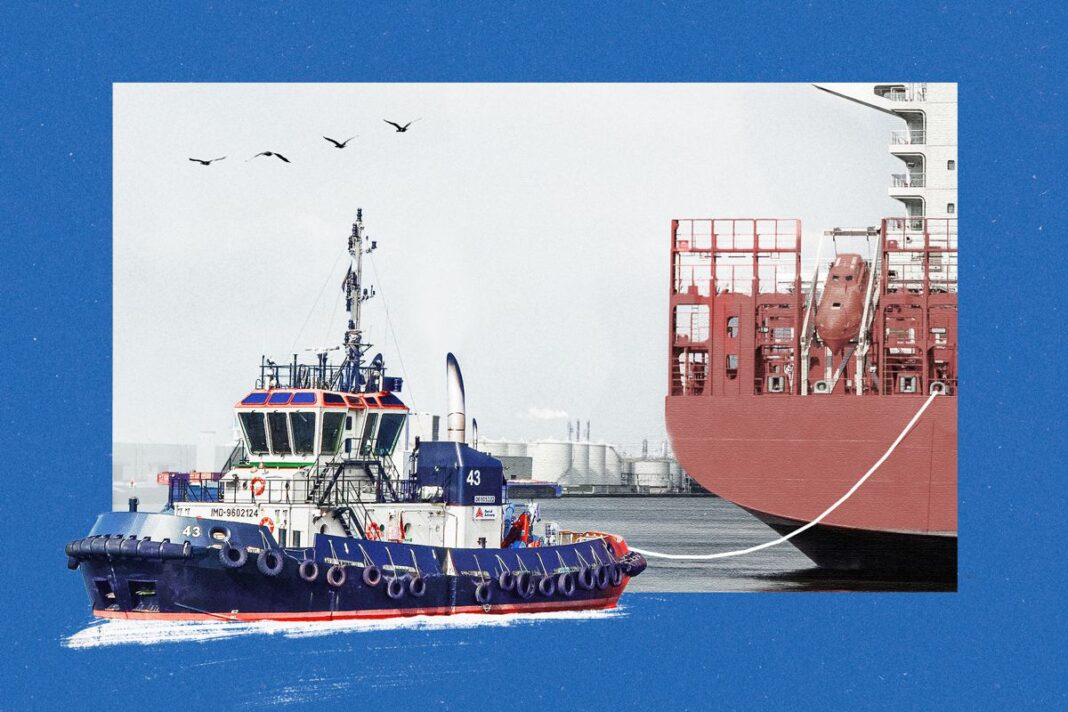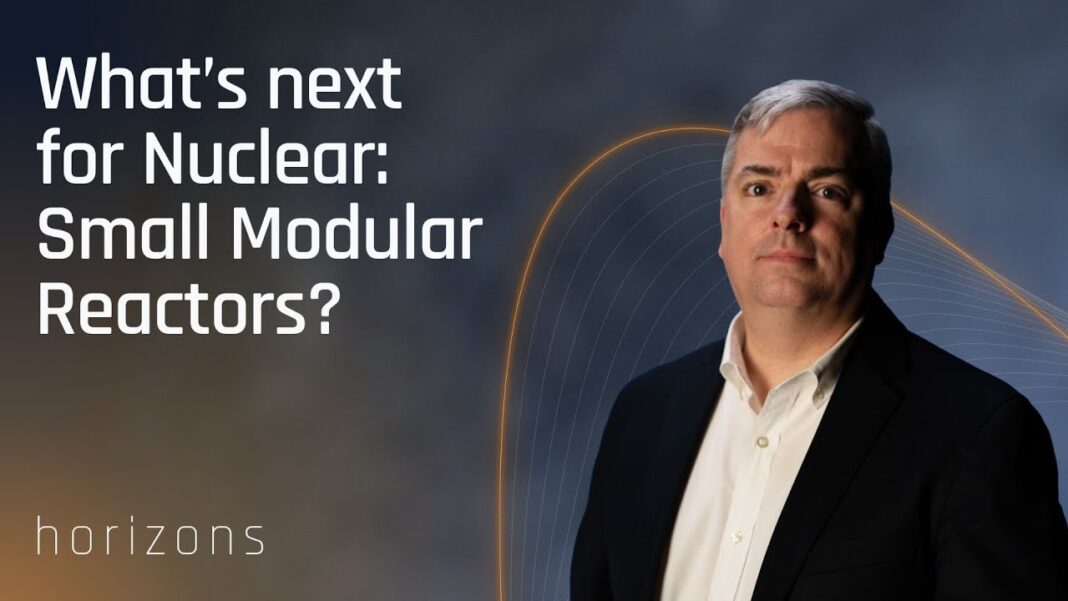Industry officials said the revised harbor watercraft rule requires air filtration technology that does not exist.
OAKLAND, Calif.—The Fishing Creek’s 3,000 units of horsepower are generated by twin Caterpillar engines, enabling the tugboat to push, pull, and maneuver barges and cargo ships weighing tens of thousands of tons.
The tugboat, a 94-foot floating powerhouse built in 2017, is docked securely in Alameda port harbor; it’s part of Vane Brothers’ nationwide fleet of 50 tugboats and 80 barges.
“It’s the same thing with every ship that comes in from any port in the country—they require tugboats,” says Max Rosenberg, the company’s California port engineer.
“Tugboats help them to dock. Without the tugboats, it would definitely increase the risk of collisions, all sorts of accidents—groundings,” Rosenberg told The Epoch Times.
Founded in 1898 by Capt. William Burke Vane and his brother, Capt. Allen Vane, the Vane Brothers fleet serves various port locations across the country, including the Port of San Francisco and the Port of Los Angeles/Long Beach.
Now the fleet’s future in California may be in jeopardy, due to costly new emissions rules.
In 1998, the EPA launched a four-tier program to reduce diesel emissions by up to 67 percent over a decade.
In 2001, the agency introduced Tier 2, targeting greenhouse gas emissions from diesel engines. Tier 3 regulations were implemented gradually between 2006 and 2008 to further improve emissions control.
The EPA began implementing Tier 4 standards for most diesel engines in 2008. Tier 4 standards are the strictest and mandate a reduction of up to 90 percent in emissions of particulate matter and nitrogen oxides.
Long phase-in periods and hardship extensions mean that most existing boats aren’t up to standard yet.
Now California maritime operators have an extra burden—the California Air Resources Board (CARB) is seeking to reduce emissions even further, beyond the federal standard.
In 2022, CARB amended its 2008 Commercial Harbor Craft rule, significantly broadening the type of vessels subject to the requirements and expediting the transition to Tier 3, 4, or zero-emission engines.
“CARB is proposing a performance standard cleaner than Tier 4,” the agency said.
Last year, the agency expanded the commercial harbor craft rule once again, imposing stricter emissions standards for boats including ferries, tugboats, and other commercial workboats.
Under the amendment, effective Dec. 31, 2024, affected vessels must have Tier 3 or 4 engines and must include diesel particulate filters.
There’s one problem: diesel particulate filters, while standard equipment in new cars and trucks, are not currently available for the diesel engines found in most commercial marine vessels.
The amendment stipulates that once diesel particulate filters are commercially available for affected marine vessels, owners will have six months to adopt them.
Cost of Compliance
Members of the maritime industry have generally supported initiatives aimed at improving air quality in California, however, many believe the new commercial harbor craft rule is overly stringent and enormously expensive.
Although diesel particulate filter technology is not available for most marine diesel engines, existing vessels must nonetheless be ready to accommodate the filters. That means retrofitting each vessel, at an estimated cost of up to $5 million per boat.
By Allan Stein








